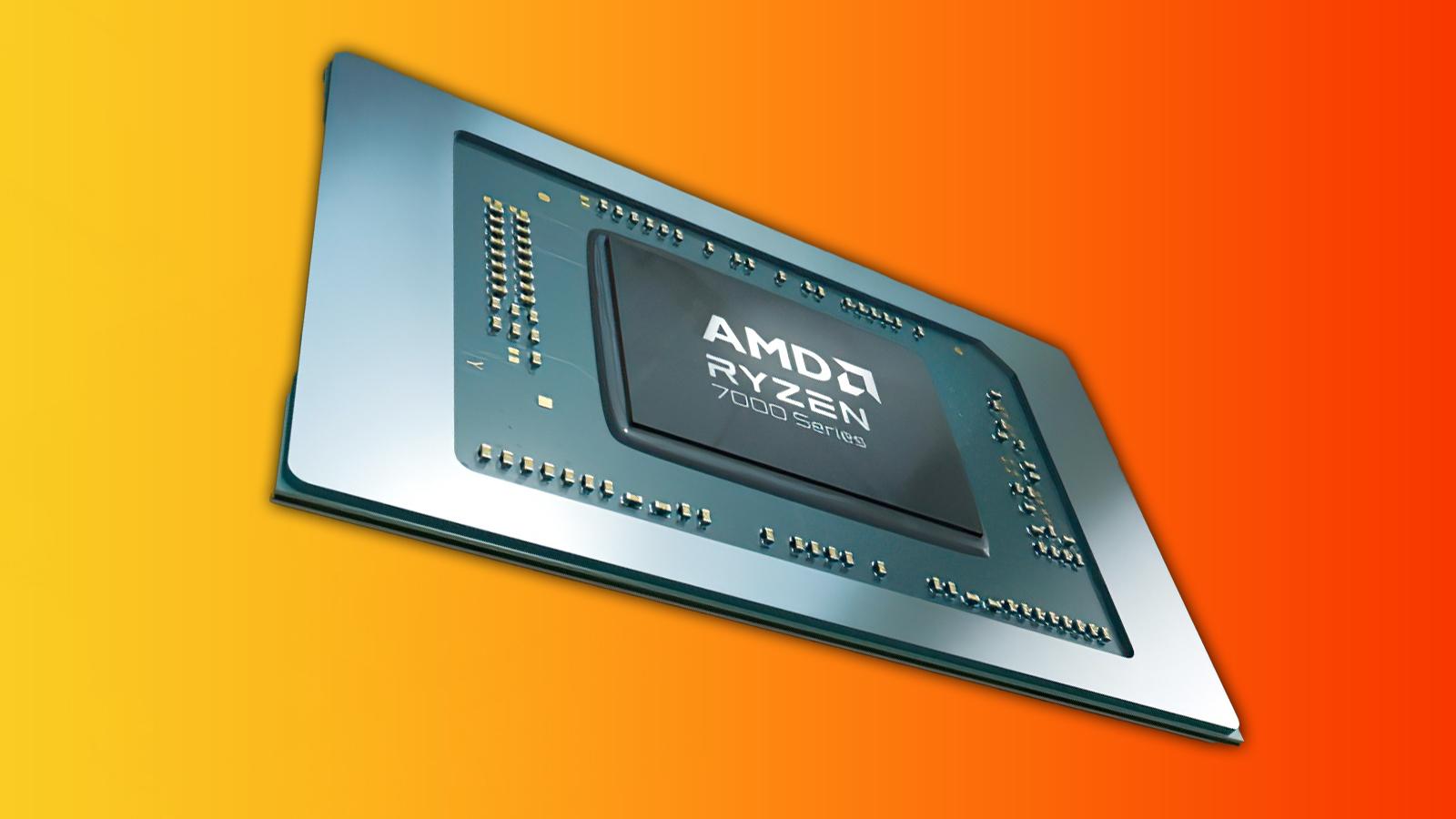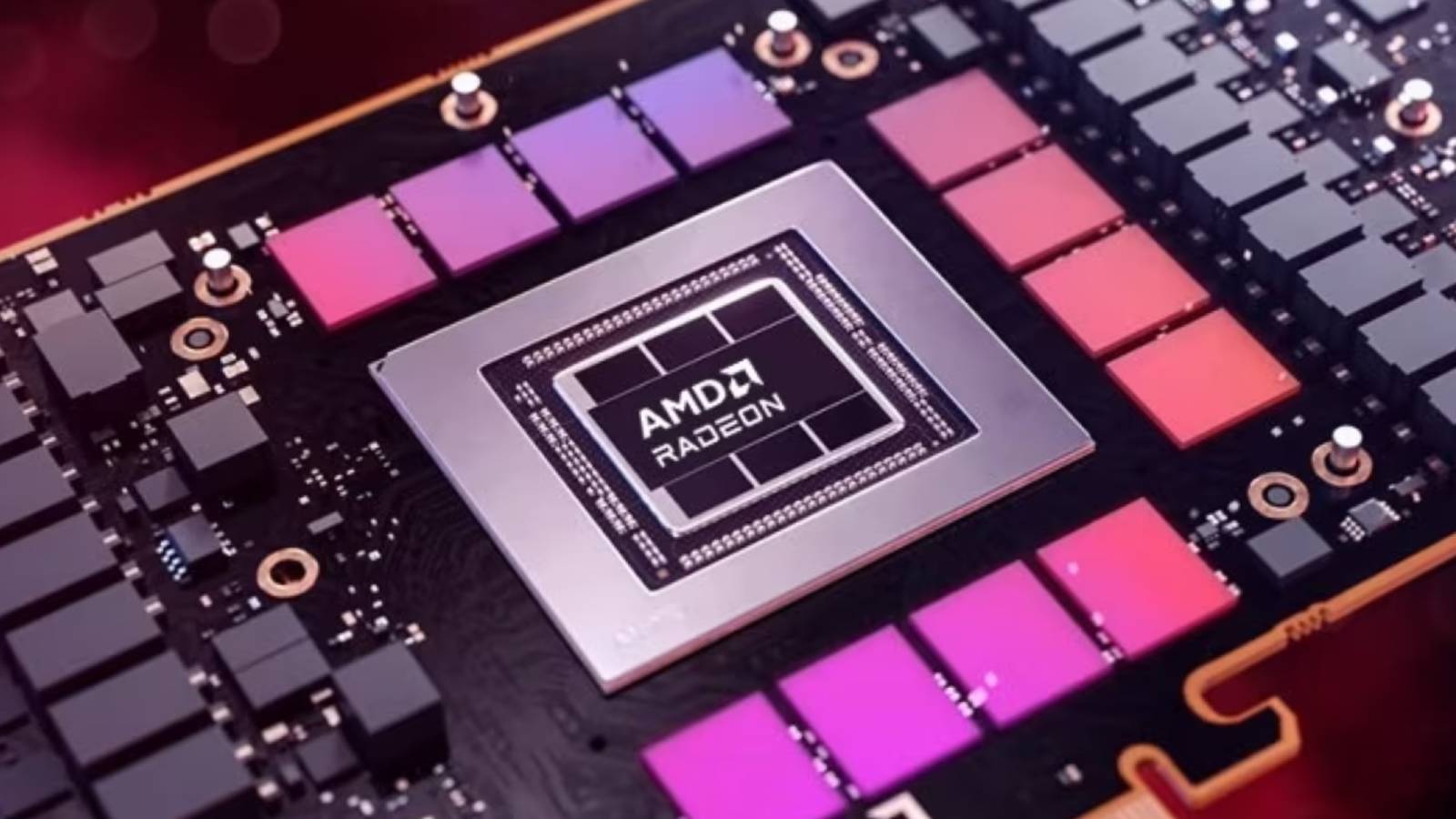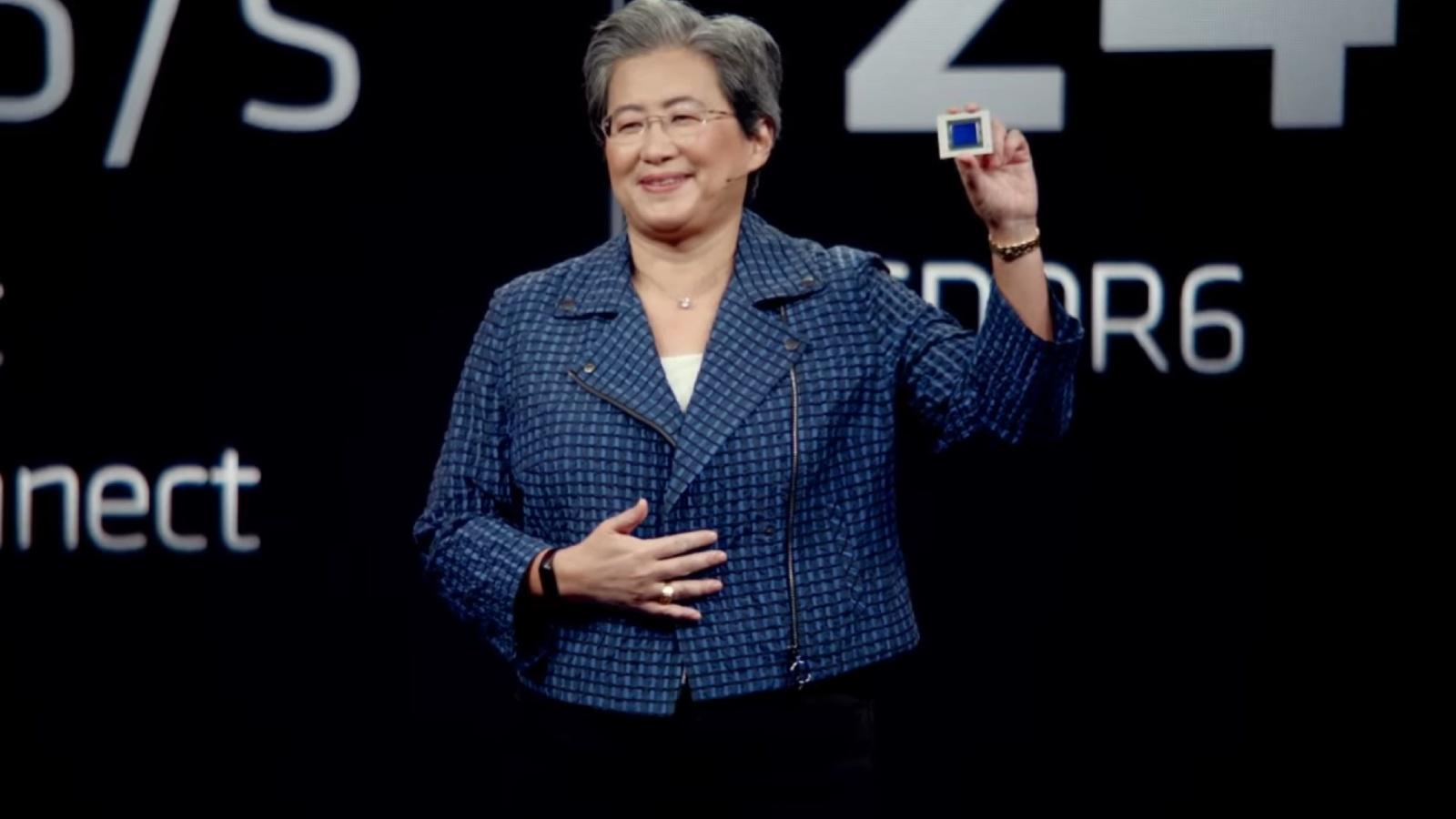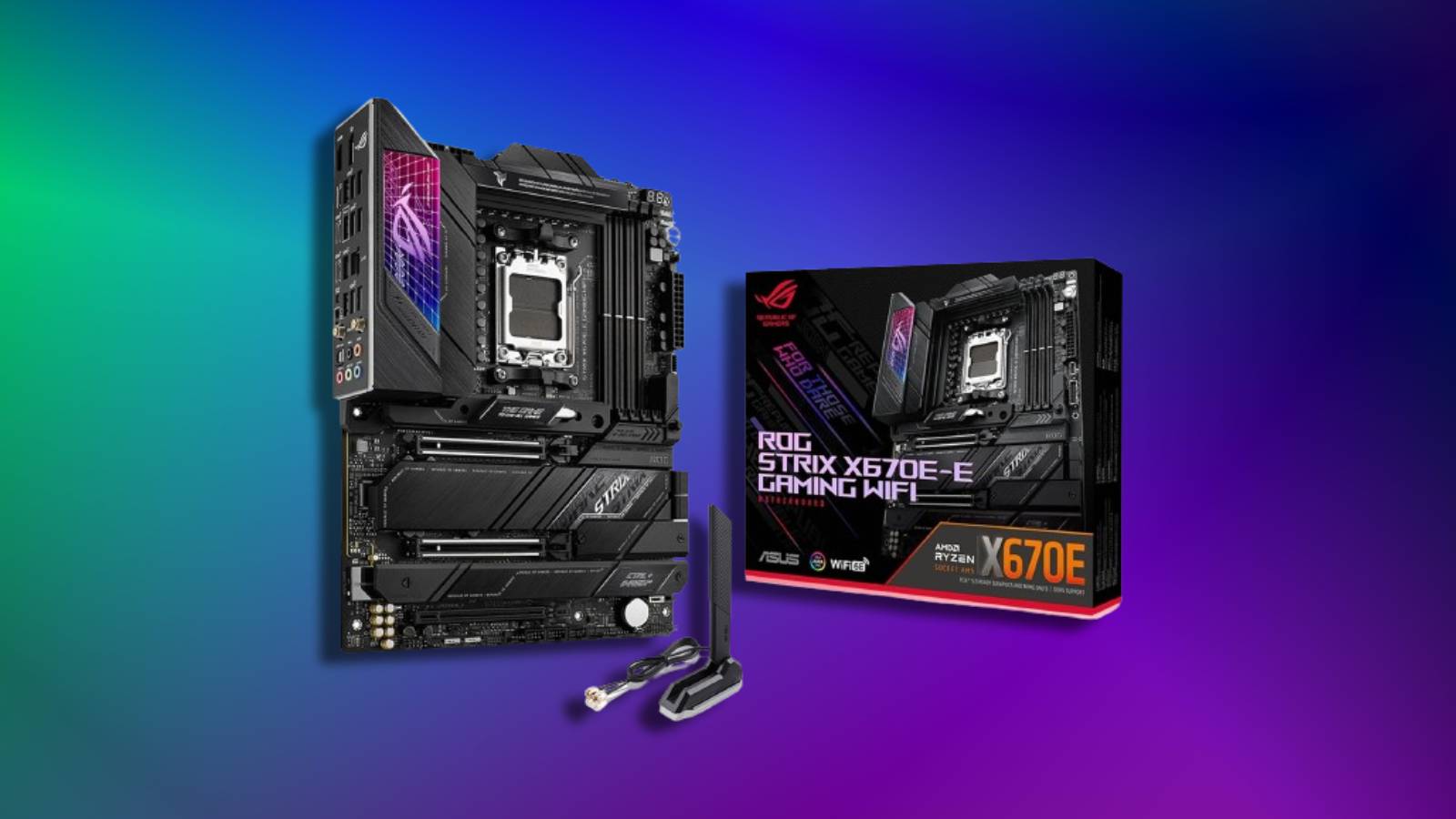Steam Deck might get performance boost thanks to AMD
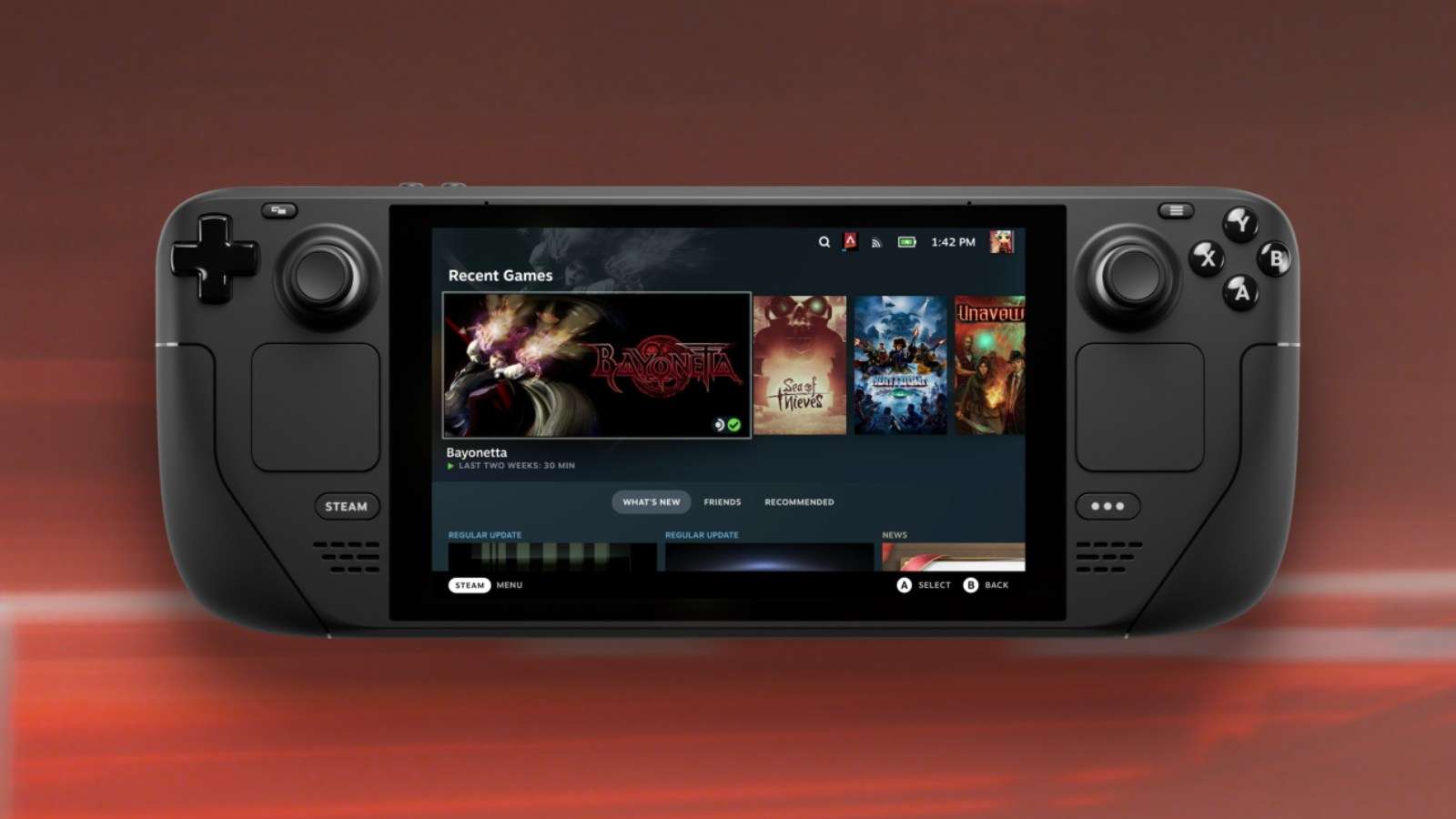 Valve
ValveValve’s Steam Deck, among other handheld devices, could get a performance boost thanks to AMD’s recently announced FSR 3 frame generation feature.
The Steam Deck is around one year old, and the system has turned the entire handheld gaming landscape upside-down. While others like Ayaneo initially beat Valve to the punch, it was the Steam Deck that got portable PCs into gamers’ hands.
Powered by AMD’s RDNA2 “Aerith” custom APU, the system is custom-built to handle almost anything from retro titles, to cutting-edge AAA games like Armored Core 6 and Baldur’s Gate 3. While Valve has stated that the Steam Deck 2 could be a while off, a new feature announced today by AMD could help to extend the Steam Deck’s lifespan significantly.
FSR 3 brings with it a frame-generation feature, which was previously limited to DLSS 3 on RTX 40-series cards. During AMD’s reveal of the RX 7700 XT and RX 7800 XT, FSR 3 was shown off in all of its glory.
Speaking to Dexerto, AMD has confirmed the following:
“AMD FSR 3 is an open technology that does not require machine learning (ML) hardware, allowing it to be supported on a broad range of products and platforms, including consoles. It is supported on AMD RDNA 1 architecture-based graphics cards and newer (or equivalent competitor hardware), but we recommend using it with RDNA 2 and RDNA 3 architecture-based graphics cards. It is also supported on a broad range of competitor solutions, including NVIDIA GeForce RTX 20, 30, and 40 Series graphics cards.”
Guess what plucky handheld uses an RDNA 2-based APU? Valve’s Steam Deck.
Update: AMD notes that Frame Generation is best used when running at a minimum of 60FPS for an “optimal and low-latency” experience. But, that doesn’t mean that the Steam Deck will not be able to use FSR 3, but that its impact might be less pronounced on lower-end hardware.
FSR 3 doesn’t always need developer support
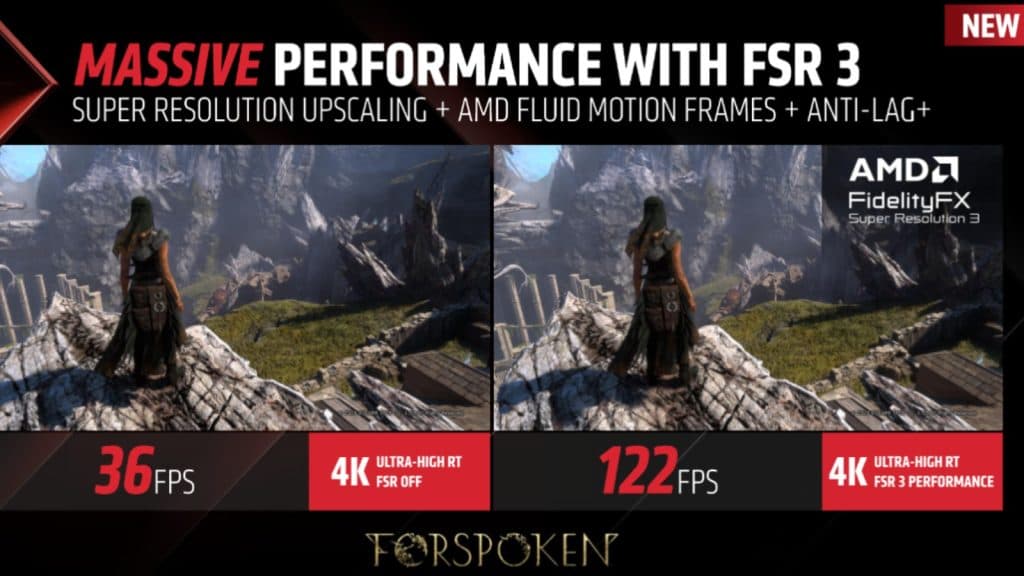 AMD
AMDAMD has also announced the first titles to be using AMD’s upcoming FSR feature: Forspoken and Immortals of Aveum, with several other titles including Cyberpunk 2077 getting the feature soon. Much like FSR 2 and other supersampling methods.
AMD has also confirmed that Starfield will not be getting FSR 3 at launch.
However, once more new titles begin to adopt the new technology, it could enhance the performance of the Steam Deck, and just about every other modern system with a graphics chip in it much faster.
When combined with FSR 2’s super-resolution features, AMD notes that they increased the 4K performance of Forspoken by 108%.
While we don’t expect as big a jump for the Steam Deck and other handhelds, like the Ayaneo 2S, it could help the most taxing games run even smoother on portable devices, and give them a new lease of life just as the sheen begins to wear off for many gamers.
AMD has also announced that FSR 3 will be coming into HYPR-RX, allowing it to run on any older game using DirectX 11 and DirectX 12. They plan to introduce this in Q1 2024.
We can only hope that more developers choose to adopt FSR 3 into its titles, as it stands to benefit almost everyone with a modern PC or games consoles capable of playing games.
